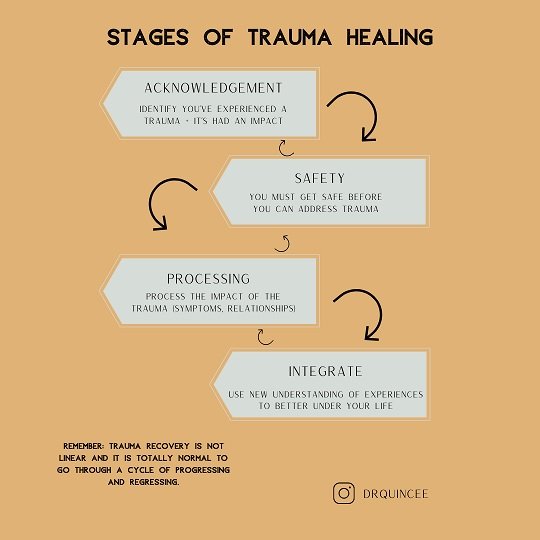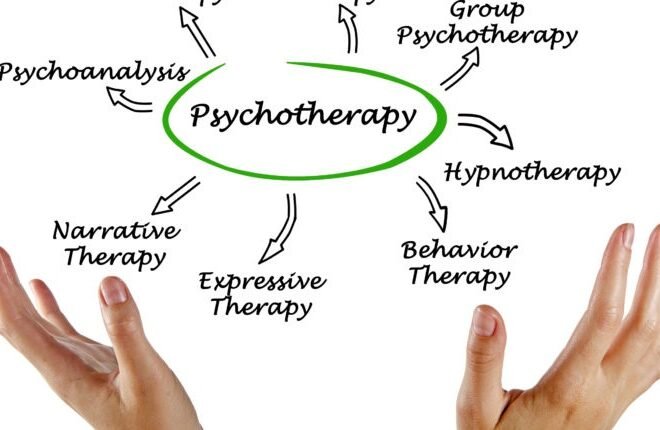
Understanding the Path to Recovery After Traumatic Events
When something painful happens, it can feel like life stops. You might feel stuck, confused, or even broken inside. Traumatic events can leave deep marks on the mind and heart, often changing how we see the world.
Understanding the path to recovery after traumatic events can help you take steps toward peace. This blog explores the stages of healing after trauma, offering insights into emotional recovery and steps toward rebuilding a healthier life. By the end, you’ll feel more hopeful and informed about your healing journey.
What Happens Inside After Trauma
After something traumatic, your brain and body react in powerful ways. Your mind may replay the event over and over. You might feel scared, angry, or numb.
Some people have trouble sleeping or trusting others. These reactions are your body’s way of protecting you from harm. It’s how the brain responds to danger.
Understanding these changes can make you feel less alone. You’re not “weak” or “broken.”
Knowing this is one of the first steps in recovering. It helps you be kinder to yourself as you move forward.
The First Step Is Feeling Safe Again
Before you can heal, you need to feel safe. If you’re still in a harmful place or around people who hurt you, it’s harder for your body and mind to calm down. It also means feeling emotionally safe.
That might mean talking to someone you trust or being in a place where you don’t feel judged. Once safety is there, your body can start to relax. You might notice small changes first, like sleeping a bit better or feeling less tense.
Understanding Your Emotions Is Part of Healing
After trauma, feelings can be confusing. You may feel guilt, shame, sadness, or fear even when you’re not in danger anymore. Sometimes, you might not feel anything at all.
Learning to name what you’re feeling is an important part of healing. When you can say, “I feel scared” or “I feel angry,” it helps your mind understand what’s going on.
This is not easy at first. But over time, you begin to feel more in control of your emotions. It becomes easier to talk about your experience and ask for help.
The Role of Talking and Being Heard
Talking to someone can feel scary, especially when the trauma was very painful. But being heard is powerful. You don’t always need to tell the full story right away.
Even saying, “I went through something hard” is a start. Talking helps move your feelings from the inside to the outside, where they can begin to heal.
Some people find comfort in friends and family. Others may find it easier to talk to someone who’s not part of their daily life. That’s where therapy for trauma and PTSD can be helpful.
A trained therapist can guide you in a way that feels safe and gentle. Therapy can support you as you learn to trust yourself again.
Learning to Reconnect With Yourself and Others
Trauma can make you feel like you’ve lost a part of who you are. You might not enjoy the same things or want to be around people like you used to. Healing includes learning how to reconnect-with yourself and others.
Try doing things that used to bring you joy, even if only for a short time. Go outside, listen to music, or write your thoughts in a journal. These little steps help rebuild the parts of you that were pushed aside during the trauma.
Building Strength Through Healthy Routines
Trauma can make your life feel messy and out of control. Creating simple, healthy routines can help you feel stronger. This might include getting enough sleep, eating healthy meals, or moving your body in ways that feel good.
Routines give your brain something to rely on. When life feels uncertain, these daily habits act like anchors. Even small changes, like drinking more water or going to bed at the same time each night, can make a big difference.
Accepting That Healing Takes Time
One of the hardest parts of recovery is being patient. Healing doesn’t happen all at once. Some days will feel easier, and others may feel like you’re back at the beginning.
Try not to compare your progress with others. Everyone’s path is different. What matters most is that you keep moving forward, even if it’s slow.
With each small step, you’re getting closer to peace and strength. Be proud of the progress you make, even if it doesn’t always feel like enough.
Creating Hope for the Future
As you heal, something important begins to return-hope. You may start to imagine a life beyond the pain. You might see yourself smiling again, trying new things, or dreaming about the future.
Hope grows when you feel supported and when you recognize the progress you’ve made. It’s about learning how to live with it in a way that doesn’t control your life. You begin to believe that good things can still happen, and that you are strong enough to face what’s ahead.
Why Recovery Looks Different for Everyone
No two people heal in the same way. Some recover faster than others. Some need more time. What works for one person may not work for another.
The important thing is to keep going and to find what works for you. You might try writing, talking, exercising, or spending time in nature. There’s no single “right” way to heal.
And most importantly, give yourself the care and patience you would offer a close friend. Your healing matters, and it’s okay to take your time.
Walking Forward One Step at a Time
Even when it feels like nothing is changing, each step you take matters. You are moving toward a better place, even if it doesn’t feel that way today.
Recovery is not about being perfect. It’s about learning, growing, and finding peace within yourself.
You may still carry some pain, but it won’t always feel this heavy. With support, safety, and time, you can rebuild a life that feels whole again. Every part of your journey adds to your strength and helps shape the person you are becoming.
Your Next Chapter Begins Here
The road to healing after trauma is not easy, but it is possible. You now understand how recovery works, how your body and mind respond to pain, and what steps can help you move forward. Whether you’re just starting or already on your way, know that healing is not about forgetting.
Did this guide help you? Browse the rest of this section for more advice on a variety of topics.


